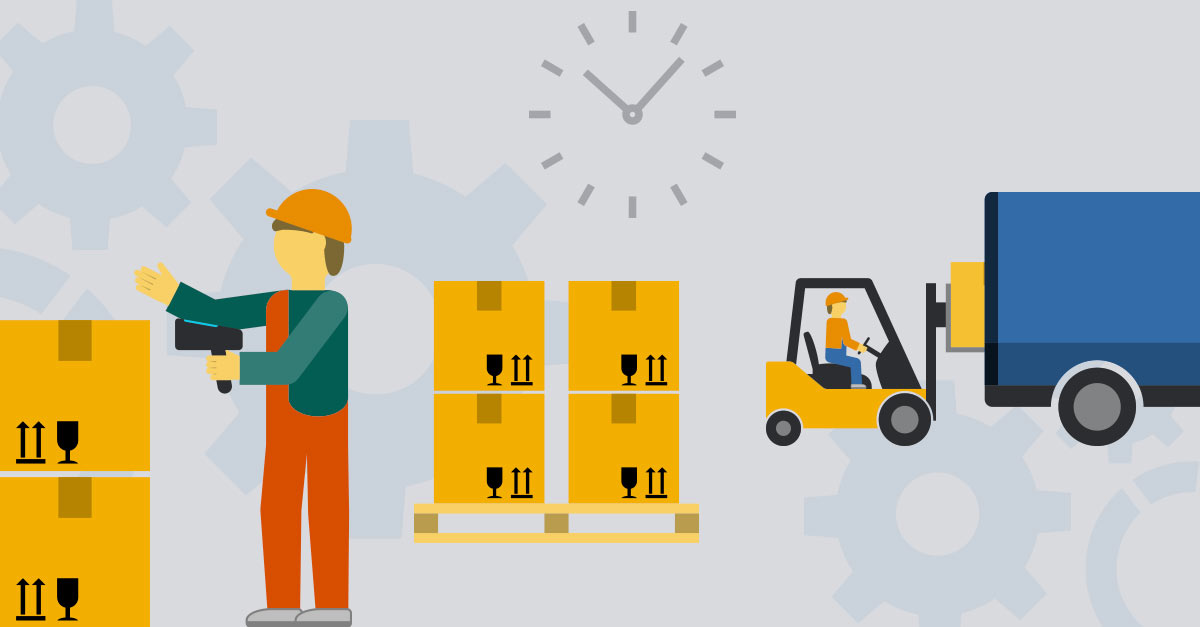The logistical planning is grounded in three fundamental decision points: location of the installations, transports and inventories. They are interconnected and converge to three objectives in which the actions of planning, organization and control will be managed:
– Location of the Installations: the decisions about the physical structure must be focused on customer care, as this is the only way to pursue excellence in the service, since reduced costs and operational supply are vital to the logistical business. For that matter, a preliminary study is necessary, for there are no limits to the determination of a location – the market’s in charge;
– Transports: the decisions about the best strategies for the operations and the ideal choice of the transportation method are the most striking in financial terms, as they represent the largest part of the logistical costs in the majority of the businesses. And mainly, influenced by the time factor, it is the primary means to attain the logistical goal;
– Inventories: the inventory decisions will establish the supply and its maintenance in the best way possible in order to assure the correct use of the physical space, influence the transportation time, avoid losses and reduce risks, because they are decisions that directly affect the production and costumer services, reflecting on the company’s capital and, in the case of inventories, on the invested capital, full of consequences in the other areas;
– Planning, organization and control: these are the actions that must be present from the beginning to the end of the logistical processes. They must always feed and be fed by the other actions with information in a continuous flow, improving the execution of the operations at each time and allowing the support for the implementation of new businesses
The importance of the informations in the logistical processes
The competition between companies fast-tracked the importance of the vision of the informations within the logistical processes, making it so that the entire system was analyzed in an integrated way.
Today’s Logistics works with a continuous flow of informations, which assures the fluidity of the other tasks, and effectively ensuring a continuous improvement. To this end, it’s not enough that the informations take their space within the organizations.
They need to be systematized in order to guarantee quickness and innovation in the services provided to the clients, internal and external, with the aim of delivering the scope of the logistic objectives.
Information systems play a key role in the construction of the company’s history through the creation of a database making the use of resources along the logistic chain efficient, by providing important data for the deployment and utilization of logistic indicators, monitoring the operations so as to allow corrections during the fulfillment of its objectives, not to mention that it represents the safest way to improve an organization’s service level, reducing costs and providing satisfaction to the clients.
The correct and continuous flow of the informations is directly responsible for the development of the Logistics. All the actions depend on it for a safe and competitive movement, with lean inventories and transportations that add value. However, its sole existence will not represent success, as its incorrect use is a form of waste.








